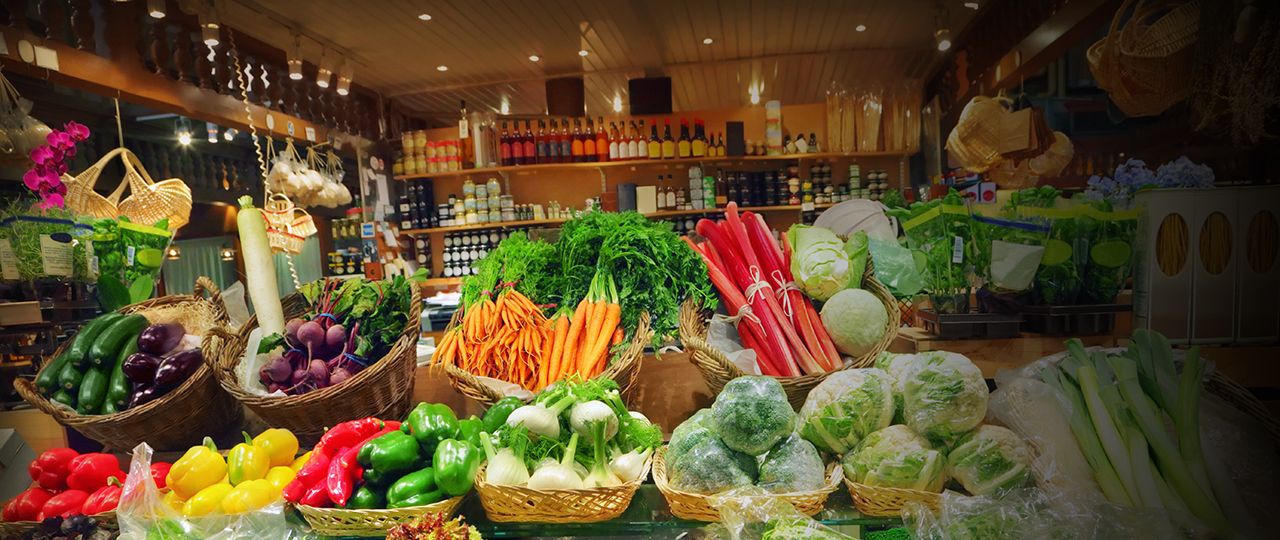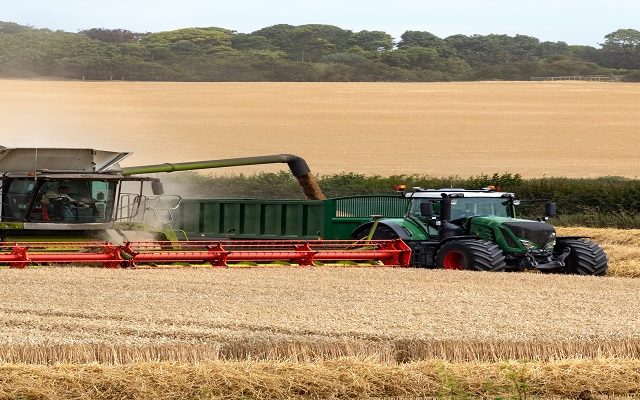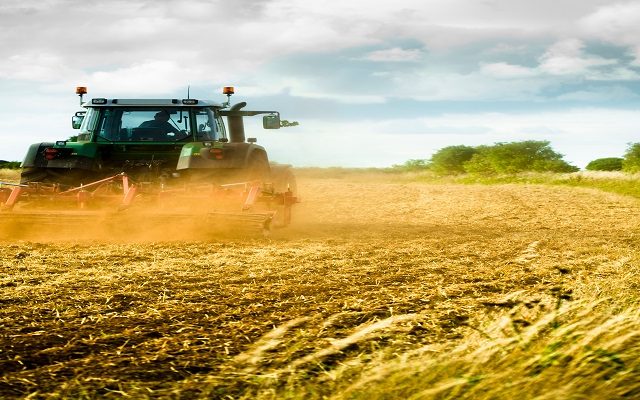The growing importance of diversification to rural businesses
Growing income from diversification is one approach farmers and landowners can take to spread business risk and reduce the impact of planned cuts in direct payments.
One argument sometimes put forward against diversifying has been that the income on offer is relatively low compared with the income from agriculture (when you include direct payments and any grant support).
However, following the publication of the Agriculture Bill in September, we know that the intention is to reduce direct payments to zero by 2028, which will change the income-from-agriculture equation significantly.
It is unclear whether ‘payments for public goods’ will fully replace the amount lost through the removal of Basic Payments, but is seems unlikely given the government’s competing financial priorities.
This means many of the businesses that have relied on Basic Payments for their profit will need to replace it or they will become loss-making.
You also often hear people warning that rather than diversifying, farmers and landowners should focus on their core business, to avoid spreading their time and ‘entrepreneurial energy’ too thinly.
Clearly diversifying when the central business is not in strong shape risks both the old business and the new.
So getting your existing operation into shape, before diving into a new project, is essential.
However, if you look at the data in the Farm Business Survey (FBS), it shows that the businesses that are most efficient at farming also tend to generate more profit from diversification and also from the environment.
So the evidence clearly supports the fact that it is possible to run a successful diversification, alongside a successful farm business.
The data also points to income from diversification becoming increasingly important.
Over the past five years it has risen by almost 50% on medium- and high-performing farms, to £70/ha and £90-100/ha respectively.
Farms that have diversified:
- Have a higher level of net profit from all activities (£39,250 v £19,000 for farms that have not diversified).
- Generate an average of £16,600 net profit from their diversifications.
The most popular forms of diversification are ranked in the table below.
| Rank 1 | Rank 2 | Rank 3 | Rank 4 | Rank 5 | Rank 6 | |
| Type of diversification | Letting Buildings for Non-Farming Use | Renewable Energy | Sport and Recreation | Processing / Retailing of Farm Produce | Other | Tourist Accomm and Catering |
| Number of farms | 23,400 | 12,800 | 7,300 | 5,200 | 5,000 | 3,300 |
| % of all farms | 41% | 23% | 13% | 9% | 9% | 6% |
| Average income (turnover) from the diversification (£/farm) | £24,700 | £13,700 | £14,100 | £23,400 | £14,500 | £20,200 |
| Average net profit from the diversification (£/farm) | £17,400 | £4,400 | £3,000 | £9,700 | £4,200 | £6,900 |
| Net profit as a % of income | 70% | 32% | 21% | 41% | 29% | 34% |
Source: Farm Business Survey, 2015/16
Rank 1 Letting buildings for non-farming uses. This is by far the most popular type. It also produces the highest net profit (£17,400 average per farm) and the highest proportion of income becomes profit (70%, measured by net profit as a % of income).
Rank 2 Renewable energy. This has been done by just under a quarter of farms. It generates a lower income and, on average, four times less net profit per farm than letting buildings. However, like lets, it is relatively low risk and involves low managerial input compared with running a trading business.
Rank 3 & 6 Sport and recreation, and tourist accommodation and catering is done by 6-13% of farms, so a relatively small proportion.
Rank 4 Processing / Retailing of Farm Produce. Around 10% of farms have diversified into processing and / or retailing of farm produce. It generates the second highest net profit per farm (£9,700 on average), as a higher proportion of income becomes profit (41%).
For a copy of a more detailed briefing note on diversification, please contact Jason Beedell.
Read more about how to avoid some of the pitfalls of diversification.
To talk about any aspect of rural diversification, then contact a member of the Land Management department.






